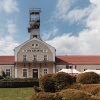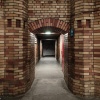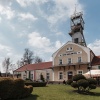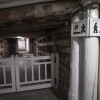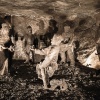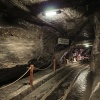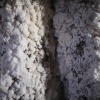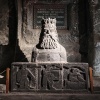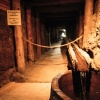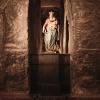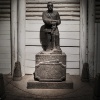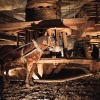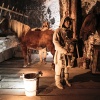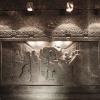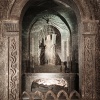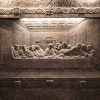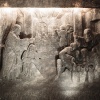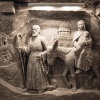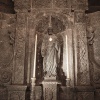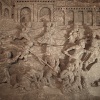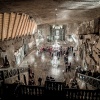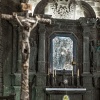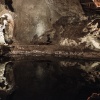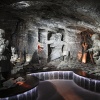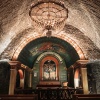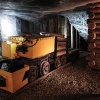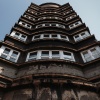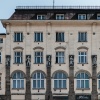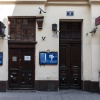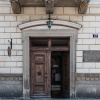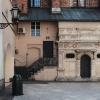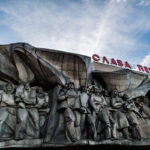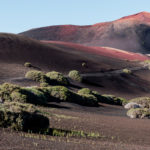Salt with Pepper – The underground Chapel of Wieliczka
The South Polish town of Wieliczka hosts a very special UNESCO World Heritage: one of the oldest salt mines on our planet hosting the world’s largest underground chapel. Being located approximately 100 metres below the surface, the chamber got carved into the rock salt under the village whose name literally means “Great Salt”. With only some 20 kilometres distance from Krakow, Wieliczka is definitely worth a day trip.
Without a guide knowing the ways around the place you are not allowed to enter the salt mine. To tourists its 300 kilometres spanning tunnel network is only visible for 1%; fortunately the most important one percent ;-) After having a look at the history of the salt mine visitors can finally see the underground chapel dedicated to St. Kinga, who got sainted by Pope John Paul II. in 1999.
Working deep in the underground, miners were literally faced with death every day. Begin born in Rüdersdorf – where still the same limestone gets mined that once let nowadays self-proclaimed Hipster centre of the world Berlin raise from WWII rubble – I know a bit about the mineworker’s deep religious faith and their traditions.
That deep religious faith was the driving force to carve the chapel and all of its graven images out of the rock salt and even the crystals of the chandeliers are made of rock salt. Colloquial phrases like “salted prices” originate from times when salt was worth its weight in gold. The salt deposits as well as related salt works are familiar in South Poland since 3500 before Christ.
Discovering and exploiting underground salt resources is something people give Duchess Kinga great credit for. Not far away from the salt mine main building visitors can also see a saline.
In the Middle Ages Wieliczka and Bochnia generated 35-40% of the national budget. Both mines were inherently important for domestic as well as external business, what prompted Casimir the Great in 1368 to publish a mining and salt code regulating production and commerce. Revenues from salt covered the construction costs of Wawel Castle, the Krakow-based academy as well as the city fortifications. A statue in the bowels of the mine remembers the sovereign.
